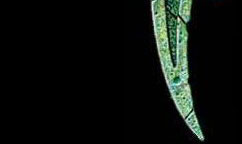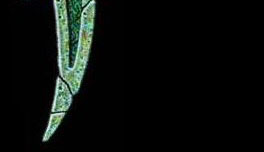 |
||

 |
History about the CultureTorcsA torc, also spelled torq or torque (in Latin torques, from torqueo, to twist, because of the twisted shape of the collar), is a rigid circular necklace that is open-ended at the front. The ends of ancient torcs typically bore sculpted ornaments, frequently globes, cubes, or animal heads, and less commonly human figures. The body of the necklace was usually but not always wrapped. Although they were most often neck-rings, there were also bracelets with this shape. Torcs were made from intertwined metal strands, usually gold or bronze, less often silver. "Torc" is the ancient Irish for "boar", similar to the gaulish "torcos". A relation could be made with the sacred value of the animal in celtic mythology suggesting a sort of equivalence between the necklace and the animal symbol of death and revival. The torc is also the symbol of someone with the title of Saoi, which is the highest honour Aosdána, the Irish organization of artists, can bestow upon its members. Sword dancesSword dances are ritualistic and combative dances that imitated epic deeds and martial skills and are a familiar feature in tradition and folklore. Many of the Highland dances now lost were once performed with traditional weapons that included the Lochaber axe, the broadsword, a combination of targe and dirk, and the flail, the old Skye dancing song, Bualidh mi u an sa chean ("I will break your head"), indicate some form of weapon play to music, 'breaking the head' was the winning blow in cudgelling matches throughout Britain, "for the moment that blood runs an inch anywhere above the eyebrow, the old gamester to whom it belongs is beaten, and has to stop." A combative sword dance called the Highland Dirk Dance still exists and is often linked to the sword dance or dances called "Macinorsair," the "Broad Sword Exercise" or the "Bruicheath" (Battle Dance). These dances are mentioned in a number of sources, and may have been performed in a variety of different forms, by two performers in a duelling form and as a solo routine. |

|





